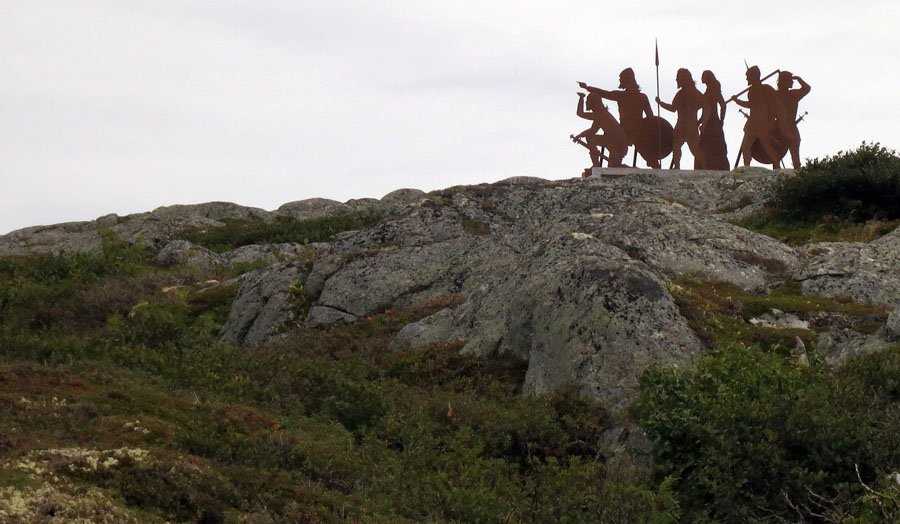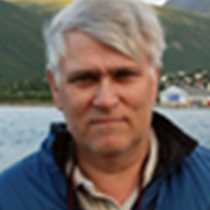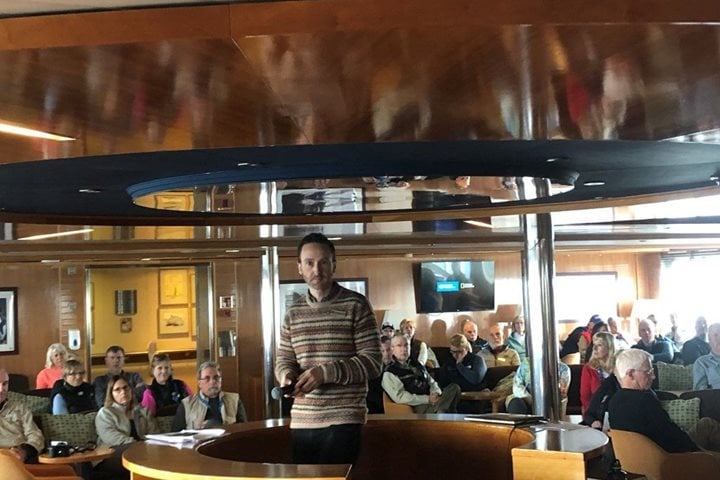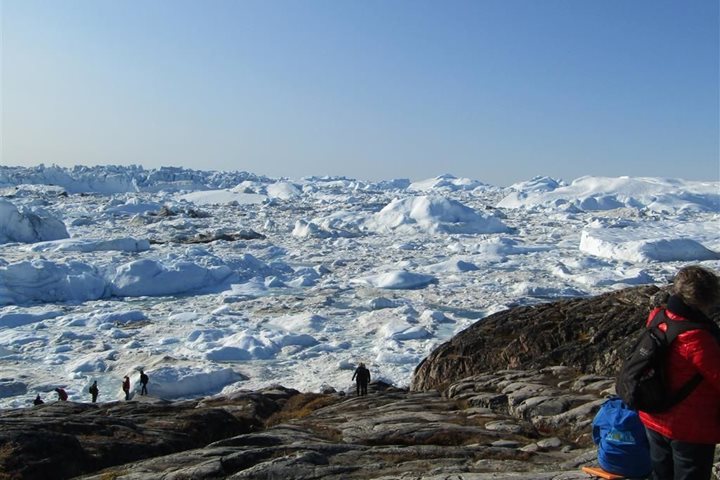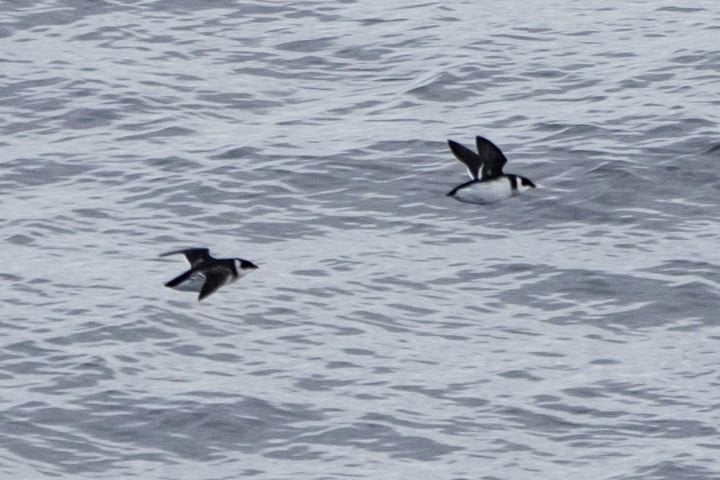Who the first human to step on the American continent was, we will never know, but we do in fact know who were the first Europeans to arrive. Perhaps…..
According to Irish tradition the monk St. Brendan, around 600 A.D. crossed the Atlantic and reached North America. Strange enough the story, now well documented by Tim Severin, never tells us how they got back to Ireland!
Helge Ingstad, a true Norwegian explorer and adventurer, and his wife Anna Stine, archaeologist, spent several years studying the Iceland Sagas, so were convinced that Leif Eriksson, did indeed sail west and reached North America. The question was where? Where in the mystical Vinland, mentioned in the Saga did they establish their temporary base?
In 1960 the Ingstads had searched several sites along the Canadian Maritimes and up the coast of Labrador. A hint from a local fisherman in Newfoundland, regarding some strange structures on his ground and known as a site from the Beothuk people or even Inuit, did draw their attention to the northern tip of Newfoundland. As soon as the Ingstads arrived and saw the outlines of the site, they were convinced, this had to be a typical longhouse settlement built and left, by the Norse. Their later excavations did indeed confirm this was the case but still met by skepticism from scientists and historians all over the world.
Soon as excavations continued, the evidence became overwhelming and we nowadays know this site as L’Anse aux Meadows, the first American ‘Viking’ site. History had to be re-written and suddenly Columbus was not the first European to sight America. The Norse had preceded him by 500 years.
Ancestors to humans spread from Africa about 100 000 years ago, some went east across Asia, over the Bering Sea land bridge into America, and thus met up with people from northwestern Europe, at about 1000 A.D,. who had made crafts capable of crossing the Atlantic. The circle was fully closed.
The Vikings, or better, the Norse, are people from Scandinavia (modern Denmark, Norway & Sweden), had perfected their building technique regarding boats and ships to ocean going vessels. From the year A.D. 793, with the attack on the monastery Lindisfarne, their reputation as seafarers became widespreac in Europe and even to western Asia. Soon they had colonised Iceland and southwest Greenland. Not only did they cross oceans, they sailed rivers and dragged their ships between the rivers and reached as far east as the Caspian Sea.
In the morning we visited the site L’Anse aux Meadows, the actual site the Ingstad’s found, and today Historical Canada has built some amazing replicas of the longhouses and even a ship, the type called ‘Knarr’ by the Norse and used for trade. This site was never any attempt to conquer new land to be flooded with immigrants, it was more an important site to find wood and food resources to bring back to their two settlements in southwest Greenland.
After a joyful morning, although windy, we diverted to two different lunch sites, depending on the choice, seafood or ‘Viking feast’.
The afternoon was spent in a former important sea-fishing port St. Anthony. Here cod fisheries and also sealing, in the spring, have been the source of income. The cod at Grand banks have been overfished and are now heavily under quota. Likewise, the sealing industry was latterly ‘killed’ by a former famous French film star, Brigitte Bardot. Clubbing seal pups on the ice in March and April for the pelts, was a huge industry and found a market in Europe but it died as Brigit Bardot created a large movement, against wearing seal fur. Also the US passed the Marine Mammal Act in 1972, which made the market for seal pelts non-existent. Sealing around Newfoundland was suddenly ‘dead’.
In St. Anthony Dr. Grenfell is a major name. He was the first medical doctor to arrive in northern Newfoundland, and built up the healthcare in this part of the world. We visited his house, which also has a nice trail through the forest, and later a museum built around his career bringing medical care to the remote villages. Soon back onboard, late afternoon, we were introduced by our visiting chef Serge Dansereau to cheeses from Iles de la Madeleine.

